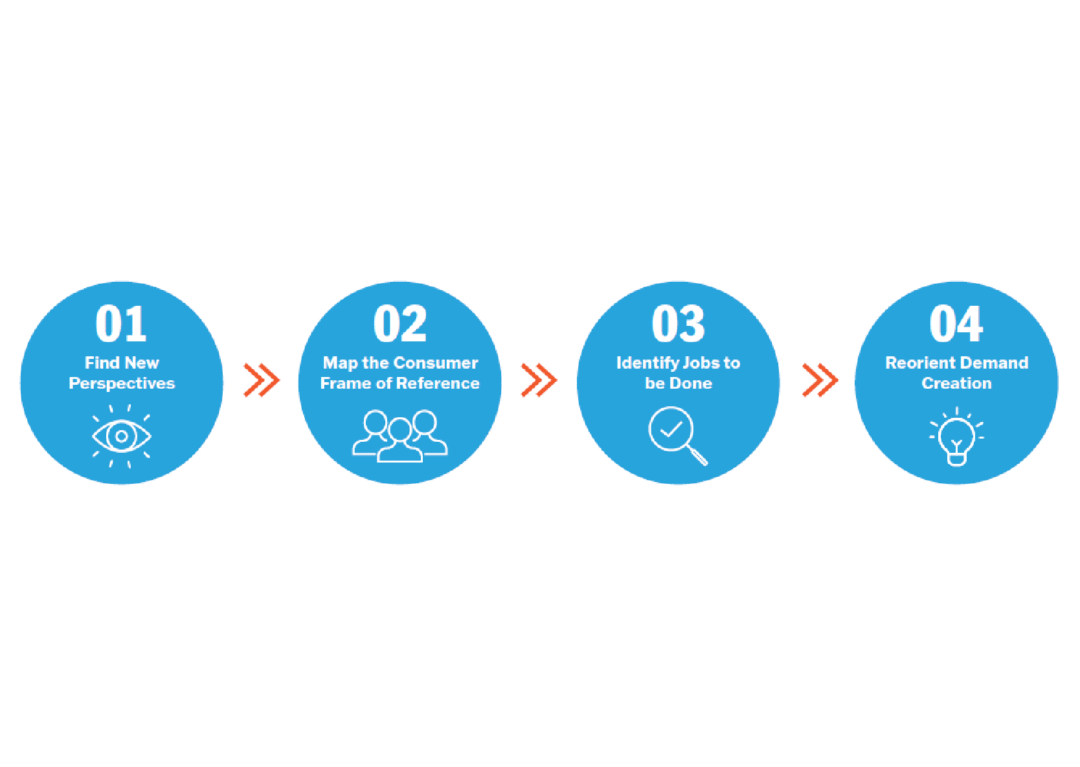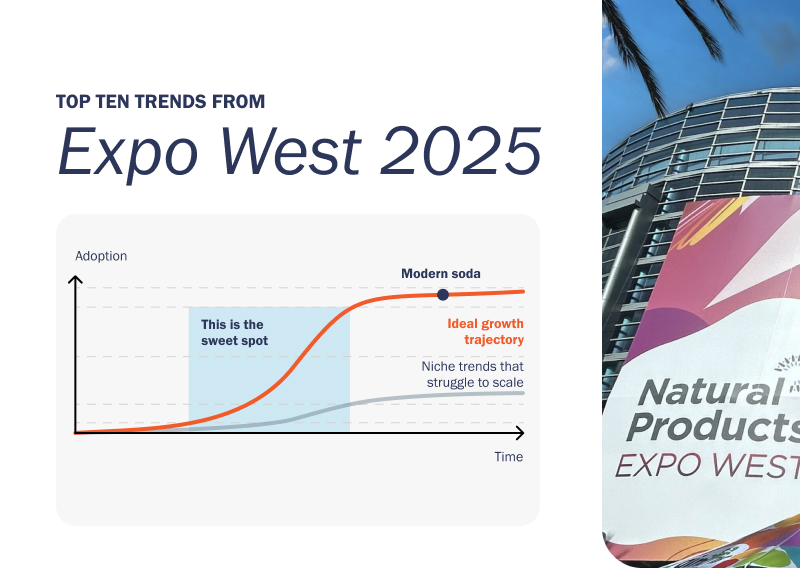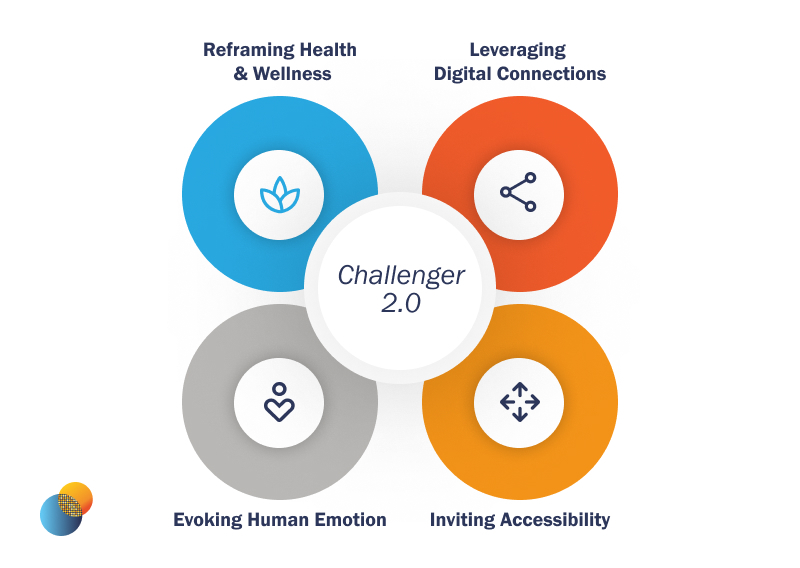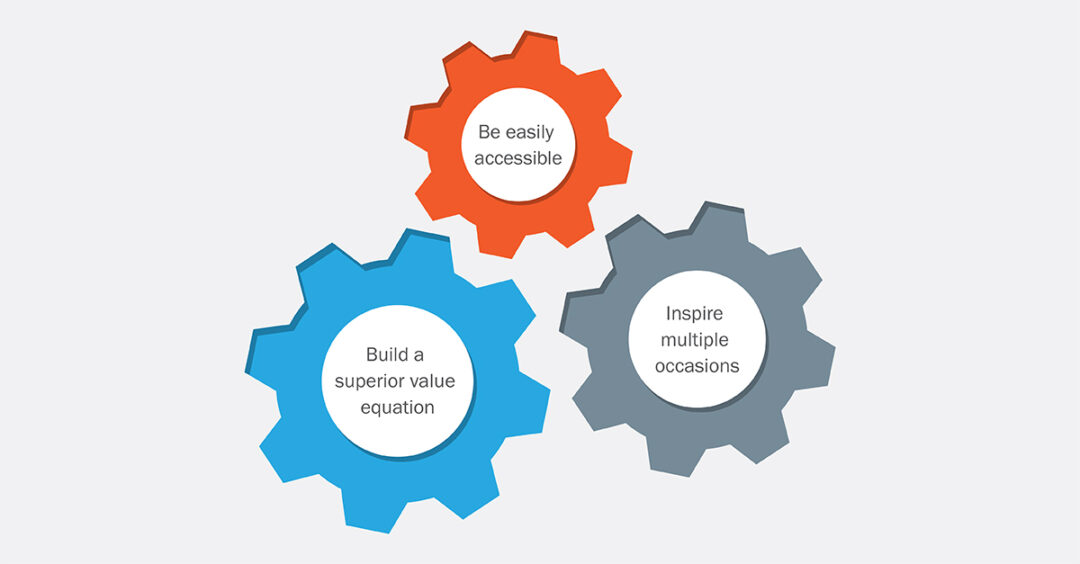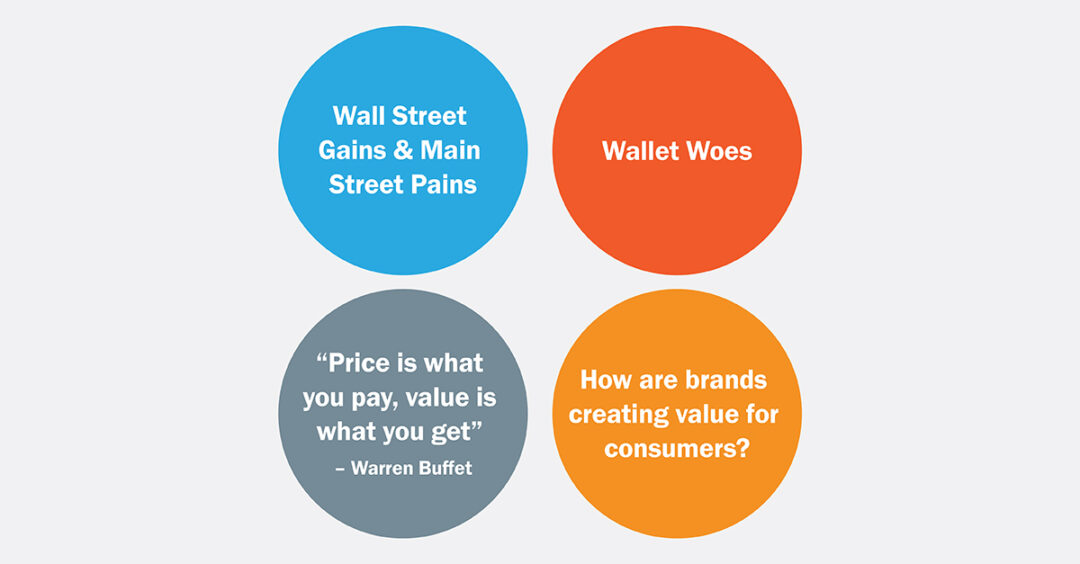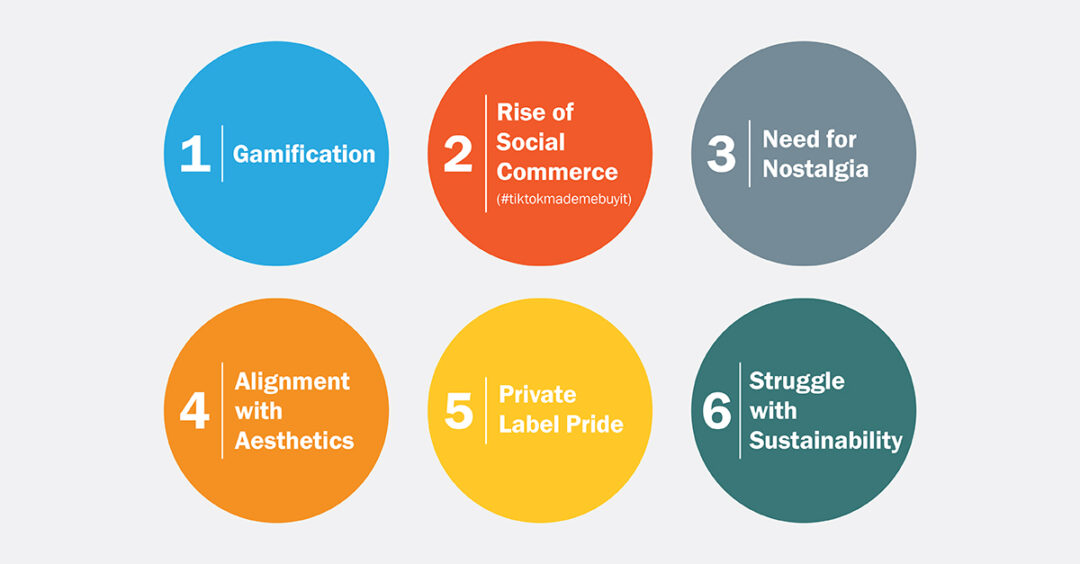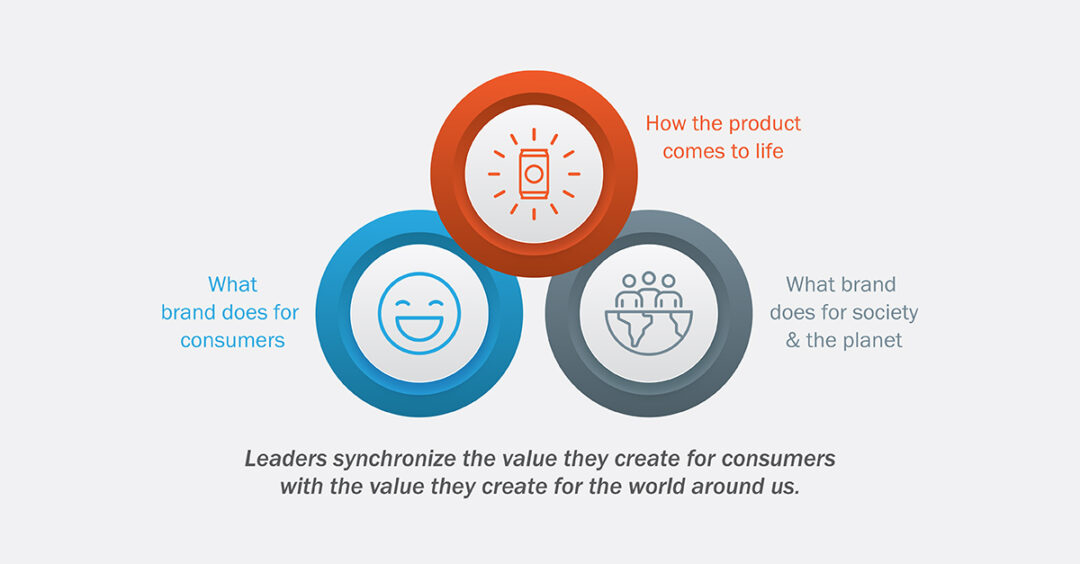Price is What You Pay, Value is What You Get
A Roadmap to Driving Consumer Choice
Tide and Ice-T might seem like an unlikely duo, but they teamed up for a memorable reason: cold calls. The Tide campaign called upon (no pun intended) the likes of celebrities from Annie Murphy to Mark Messier to amplify its broader #TurnToCold effort. In the commercials, Ice-T and WWE wrestler “Stone Cold” Steve Austin ring up their high-profile friends to inform them that Tide Pods clean clothes better in cold water than its cheaper competitor does in hot. The campaign’s purpose is two-fold; in emphasizing the high performance of Tide detergent in cold water, consumers can expect cleaner clothes while saving money on their energy bill and feeling better about their carbon footprint.
While the #TurnToCold commercial appears lighthearted and humorous, we also see a smart marketing strategy. Rather than competing with bargain brands on price, Tide asked a different question: how can we demonstrate the value of choosing Tide over the bargain brand? #TurnToCold is Tide’s answer, and it focuses on the benefit side of the value equation over price comparisons. This is a concept with broad application beyond the world of washers and dryers. At Seurat, we think it’s of critical importance to maintain a pulse on consumer decision making, and now more than ever brands must understand how Americans are defining value as they make product choices.
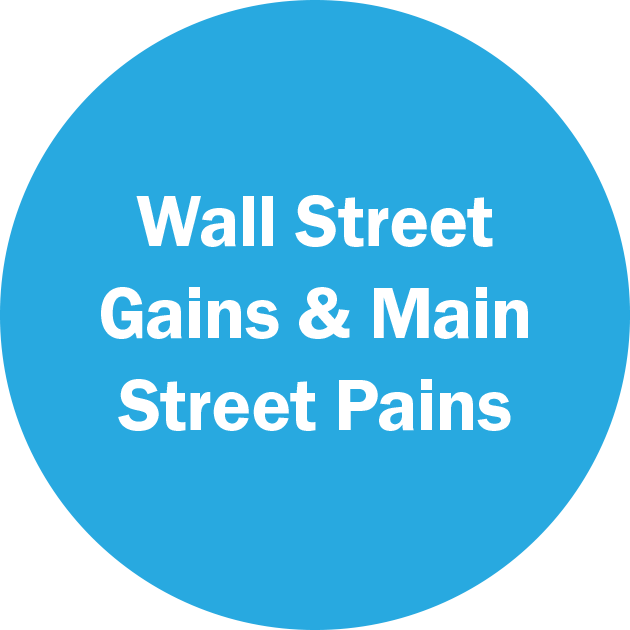
A glance at Wall Street headlines tells one story; major indices rally to heights not seen since 2022, inflation steadily moderates, and U.S. GDP shows promising growth.
However, this is just one side of the story. To understand the entire economic picture, we must also consider Main Street, where the average American works, shops, and lives. A closer look reveals that household debt is at an all-time high and real average income has declined by nearly five percent since 2019. The government stimulus and COVID lockdown savings that once padded Americans’ bank accounts and boosted discretionary spending are now depleted, and sticky inflation across major household spending areas like food and housing continues to eat away at consumers’ sense of financial stability.
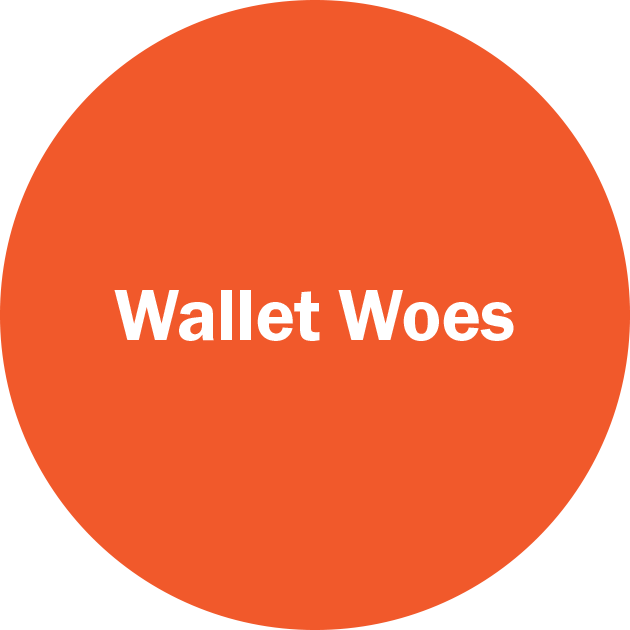
Amid economic turbulence, Americans are finding it hard to maintain optimism.
The average American has experienced one too many ups and downs in recent years to maintain hope in a stabilizing economy. The Consumer Confidence Index has trended down over the past three years, with many Americans planning to reduce spending in key categories such as Sports & Outdoor, Home Furnishing, and Housing. These feelings of uncertainty have compelled consumers to change where and how they shop. More consumers are turning to value-oriented retailers in search of deals and selecting value brands or private label at the shelf. Amazon’s recent record-setting $14.2 billion earned during Prime Day underscores just how many consumers are feeling financially squeezed. Even higher-income households are feeling the effects, with 35% of those earning over $150k annually expressing concerns about meeting their financial needs and intending to cut back on spending in areas like entertainment and dining out.
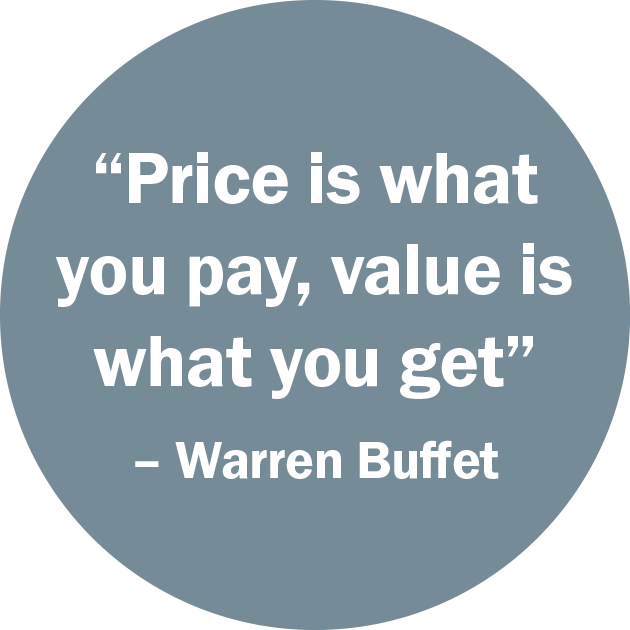
Even as Americans tighten their purse strings, brands still have valuable opportunities to connect with and delight consumers.
Americans express a willingness to spend more for products that make them feel good about themselves and about the world around them. As emphasized by Warren Buffet, separating value from price reveals that the cheapest option isn’t always the most valuable one. Shoppers consider the price but also weigh the intangible costs and benefits that a brand offers, and achieving success through economic cycles means staying attuned to these values and how they might be shifting. Winning brands are the ones that are able to maximize their consumers’ value equations through changing times.
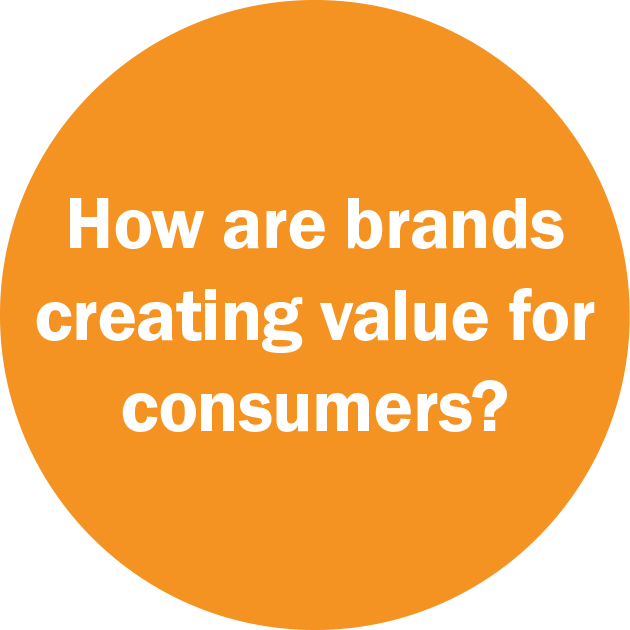
Across a variety of categories and products, we’ve identified five macro drivers of value beyond price that brands can use to be the preferred choice among consumers:

Driver #1: Convenience
As people return to the office and are increasingly mobile, demand is rising for convenient meal, snack and beverage options. Consumers are willing to pay more for food products and services that complement their on-the-go lifestyles.
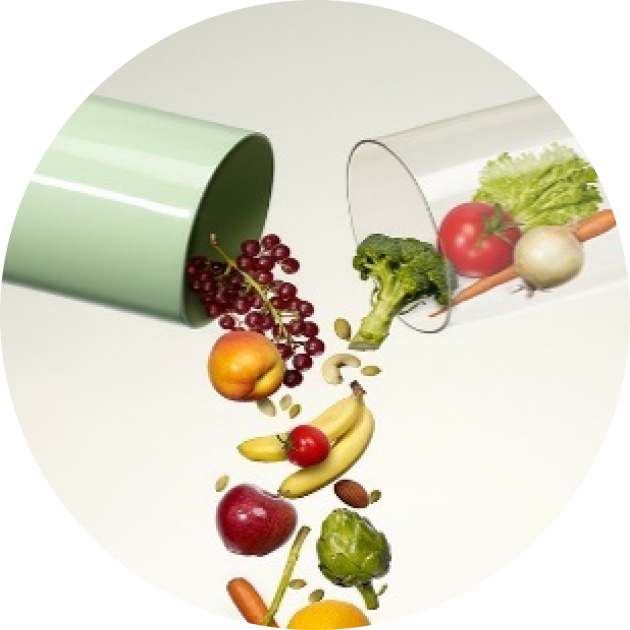
Driver #2: Functional Benefits
Consumers are increasingly focusing on health and the ability of specific foods and beverages to help support physical and mental well-being. It therefore comes as no surprise that 78% of consumers are willing to pay more for all-natural labels, which is evidenced by sales of products touting functional benefits growing in share. For example, in the past four years, functional beverage sales have surged by 54%, outpacing the market by 11%. Consumers often believe paying more for functional products is worth the perceived increase in benefits.

Driver #3: Customization
As consumers seek more meaningful and tailored experiences, personalization has become a key driver of success for some brands. Shoppers appreciate the creative and bespoke touch that customized products offer. From buying hair care products formulated to your needs to enjoying music blends curated specifically for your taste, demand for unique products is transforming purchasing behavior and showcasing how deeply consumers value individualization.

Driver #4: Sustainable Choices
As focus on environmental and social issues grows, shoppers are increasingly looking to make an impact with their dollars. For example, 67% of shoppers are willing to pay more for Fairtrade products, with an average willingness to spend 9.7% more for sustainability. This trend reflects a strong alignment between personal values and buying decisions, with many consumers choosing to support companies that reflect their beliefs, albeit at a higher cost. Brands that prioritize eco-friendly practices, fair labor, and ethical sourcing demonstrate that business success and sustainability can indeed go hand in hand.

Driver #5: Packaging
Innovating package architecture provides opportunities to capture new consumers and expand a products’ use-cases. Offering hummus in squeezable to-go packs allows consumers to use it as a spread while bypassing soggy bread or the hassle of bringing a tub of hummus to the office. Cylindrical tissue boxes designed for cupholders circumvent cluttered glove boxes and attract consumers looking to have tissues readily available in their car. No matter the product, with the right packaging strategy brands can create new consumption occasions and drive incremental purchases.
If you’re interested in learning how to maximize your brand value through a deeper dive into insights or value strategy, we’d love to continue the conversation. Please reach out at info@seuratgroup.com.

